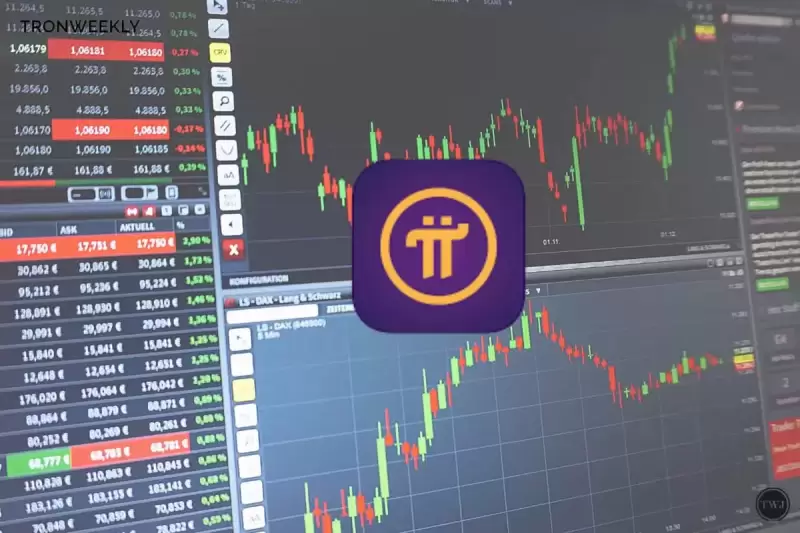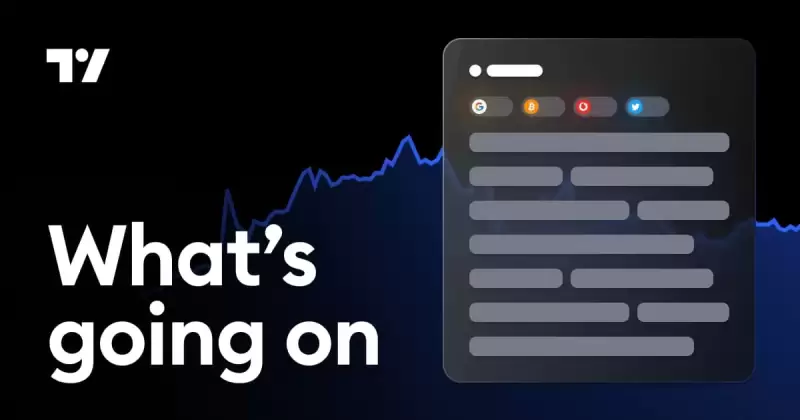Some issues never truly go away, and the U.S. debt ceiling, which limits the maximum amount the government can borrow, is one of them.

The United States will hit its roughly $36 trillion debt limit on Tuesday, meaning it cannot borrow any more from the public to fund its operations, according to an official announcement from outgoing Treasury Secretary Janet Yellen on Friday.
The debt limit does not authorize any new spending, but it creates a risk that the federal government might not be able to finance its existing legal obligations that Congresses and Presidents of both parties have made in the past, the announcement noted.
"As a result, I respectfully urge Congress to act promptly to protect the full faith and credit of the United States," Yellen said in the statement.
The very thought of the world's largest economy unable to borrow any more might scare investors, but it's important to note that a default and government shutdown won't happen immediately. Yellen has previously said that the Treasury will implement "extraordinary measures" from Tuesday, buying time at least till March 14.
One potential measure could be running down the Treasury General Account (TGA), the government's operating account at the Fed used to collect taxes, customs duties, proceeds from the sale of securities, and public debt receipts while facilitating government payments.
The previous debt ceiling episode of early 2023, which involved using TGA to meet expenses, had a positive impact on risk assets, including bitcoin (BTC). That's because when the government spends the TGA balance, the cash goes to bank accounts of various entities, like contractors, employers and others, at commercial banks. That boosts the amount of reserves held by commercial banks. With more reserves, they have a better capacity to lend money, potentially increasing lending or investment in the broader economy and financial markets.
As of Monday, the balance of the Treasury General Account was $677 billion, according to the Federal Reserve Bank of St. Louis. The chart below illustrates Bitcoin's price alongside changes in the TGA balance over the past five years. Notably, drawdowns in the TGA have frequently coincided with bitcoin bull runs, suggesting the inverse correlation between the two.
Disclaimer:info@kdj.com
The information provided is not trading advice. kdj.com does not assume any responsibility for any investments made based on the information provided in this article. Cryptocurrencies are highly volatile and it is highly recommended that you invest with caution after thorough research!
If you believe that the content used on this website infringes your copyright, please contact us immediately (info@kdj.com) and we will delete it promptly.













































































